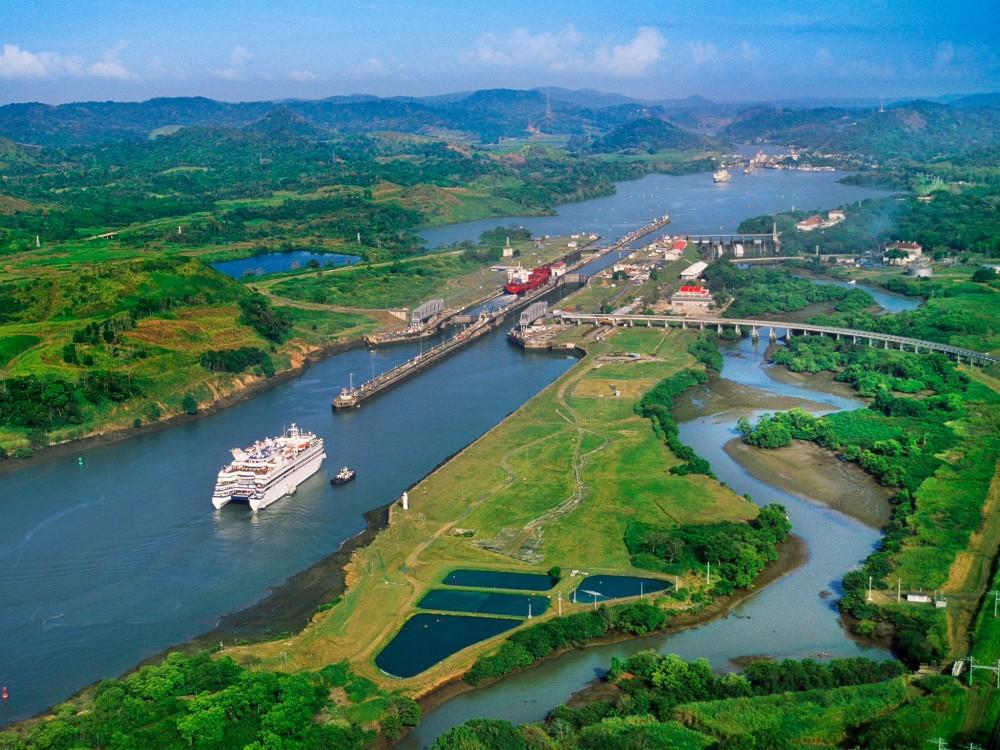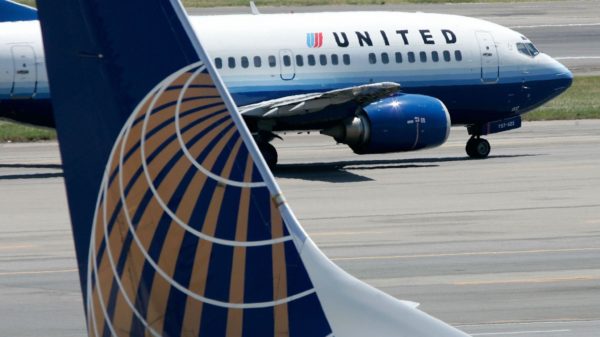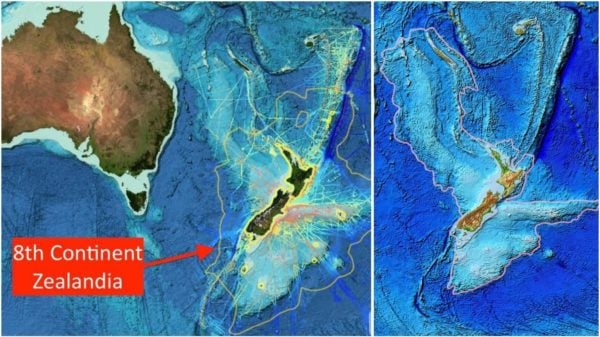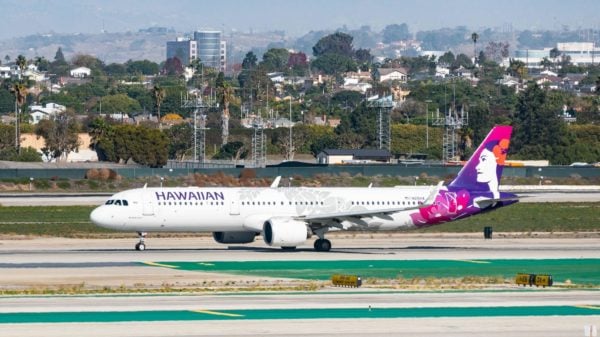There is a looming economic challenge at the Panama Canal, an artificial waterway that connects the Pacific and Atlantic oceans. There are other ways to move between the two oceans, but the Panama Canal is the fastest and consequently, the most profitable route.
Little wonder 40% of the United States’ container traffic travels through the 82 km-long engineering wonder. That’s about $270 billion worth of cargo moving smoothly through the waterway every year.
However, since July 2023, there has been an unusually massive pileup of vessels waiting to cross. This congestion is a result of water conservation measures carried out by the Panama Canal Authority (PCA) in July.
The canal activities heavily rely on water availability as each crossing requires about 51 gallons of water. However, a suspected climate change-induced drought has drastically lowered the water level at the canal.
Hence, the PCA which manages the canal, is left with no other option than to reduce traffic on the waterway. This is the only way to manage the situation till things improve. As it stands, over 150 vessels are waiting to cross the Panama Canal with an estimated wait time of about 21 days.
The PCA reduced the daily transit capacity of the Panama Canal from between 34 and 36 to 32 vessels per day. The number of slots available for booking per day was also reduced from 23 to 14. This has led to an increase in the number of ships waiting their turn.
To make things worse, 62% of the ships that do not have reservations have to wait further in line until after those with reservations make the cross.
In addition to the passage restriction, ships are also required to travel 40% lighter. You can imagine the effects it had on ships already in transit who were forced to unload large volumes of cargo to comply.
An example is the Ever Max which had to drop off 1,400 twenty-foot equivalent units or TEUs (which is the dimension of one shipping container) at the Port of Balboa before gaining passage.
Panama Canal authorities are doing all they can to be in constant communication with the customers in a bid to calm tensions. Ricuarte Vasquez Morales, the administrator of the PCA, says, “Through regular updates, transparent dialogue, and close collaboration with shipping lines and stakeholders, we strive to manage expectations and provide real-time information that enables our customers to make informed decisions.”
It’s projected that if things do not look up, vessels might have to consider using other routes (of which some already are). However, this change can lead to an increase in the cost of transportation and in the long run, may be translated to the price of the goods that are being shipped over. This won’t be good news for the consumers.
But businesses and consumers aren’t the only ones this canal pile up could affect. Reports suggest that Panama may experience a loss of $299 million in their revenue.
The situation on the ground is also affecting the energy sector. Vessels carrying refined petroleum products are having to avoid the canal and book routes to the Atlantic Basin because of the wait time. Prices are expected to hike, and if they do, the consumer bears the brunt.






























